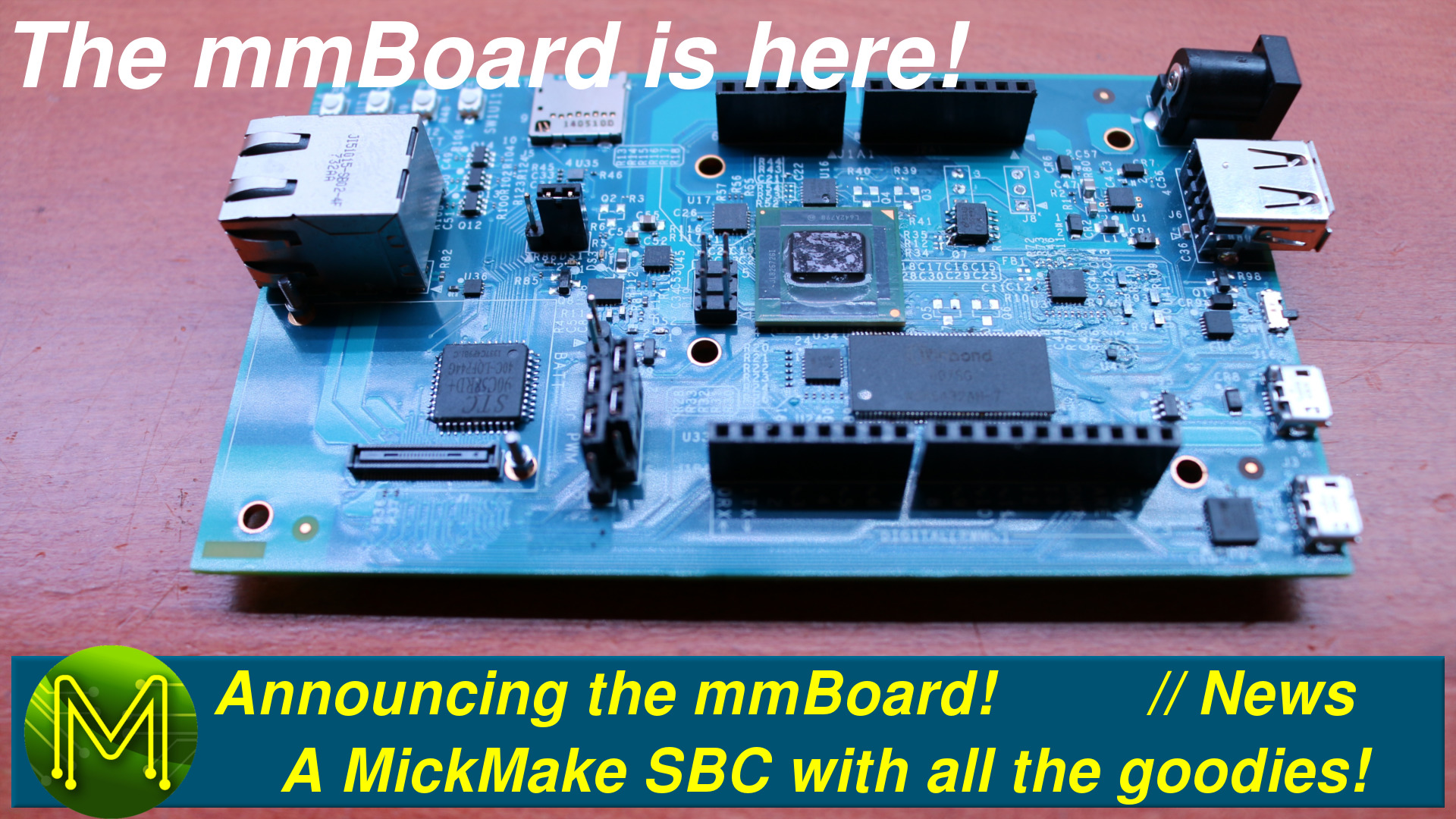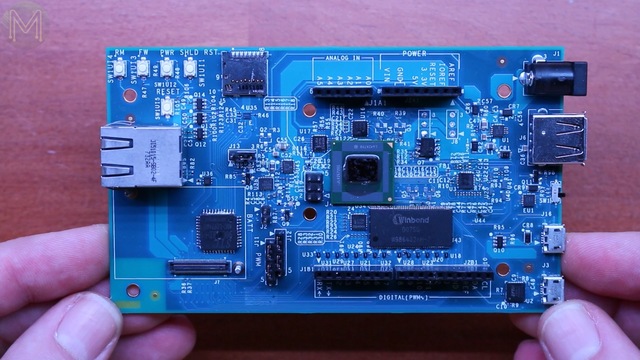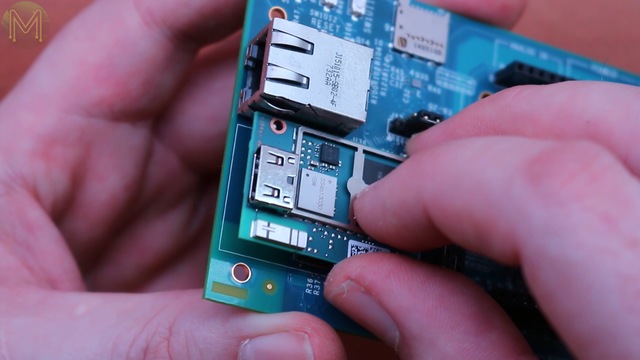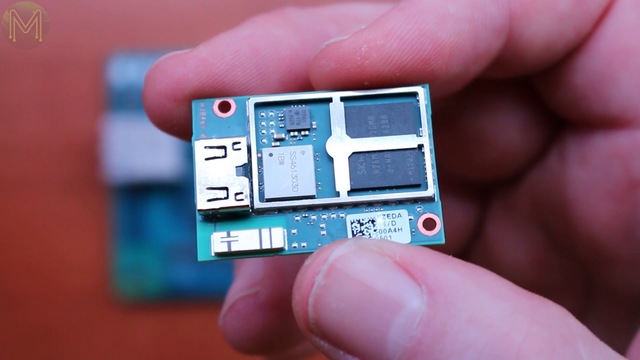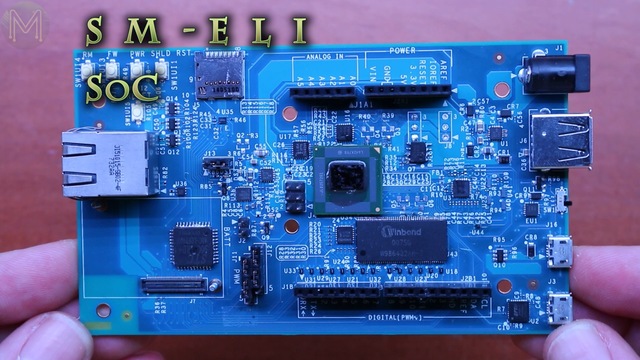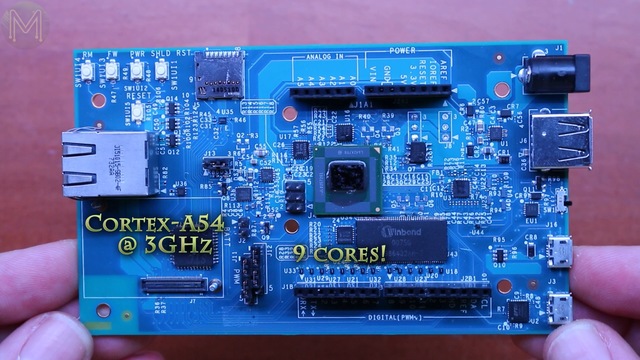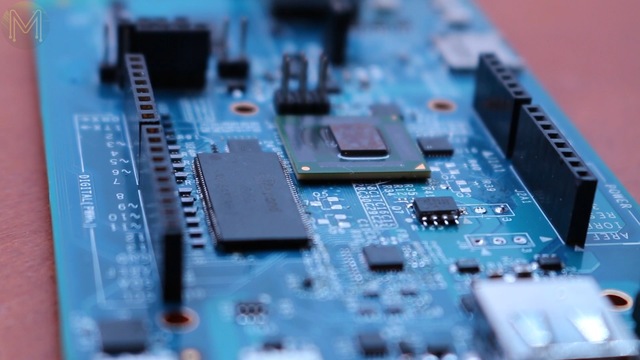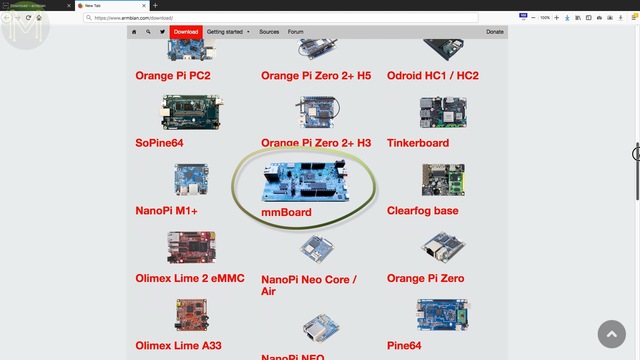Announcing the mmBoard! A MickMake SBC with all the goodies.
I’ve got some pretty exciting news on a new SBC that’s about to be released. Read on to find out what it is.
What’s this all about?
Over the last couple of years I’ve noticed a general trend in SBCs, but unfortunately that trend hasn’t always been aimed at the humbler Maker such as yourself. Makers usually want different features in an SBC, but at a low cost. This has been a problem for companies, because they can’t always cater for everyone.
For example: It’d be nice to have an octo-core SoC with miniPCIe at the same price as the Raspberry Pi.
Or what if you want to be able to muck around with some real-time applications using an FPGA?
What about easily upgrading from USB3.0 to USB4.0, Thunderbolt, DisplayPort or HDMI 4?
Well, I think I just might have the answer.
The mmBoard
Presenting my new board. The mmBoard! As in Mmmmmmm, yeah! Finally!So, what is so good about this new board? Starting from the top right working clockwise.
- DC jack supporting a wide 6 to 30v input.
- USB3.0
- Power switch.
- 2x USB2.0
- Arduino GPIO layout. The reason for this will become apparent later.
- Jumpers for boot image selector and logic level converters allowing the use of 5v or 3.3v Arduino shields. And then we have one of the best things about this board. This stackable header allows you to plug in various modules, allowing you to upgrade when new technologies come along.
Currently I’ve designed a 1050TI graphics board with HDMI out supporting 8K @ 60Hz.
Later I’ll be adding in Thunderbolt, SATA, USB4.0 when it becomes available and various WiFi and Bluetooth modules.- Then we have GbE.
- A couple of buttons to mash.
- SD slot.
- Then we have one half of the 8G DDR4 RAM.
- 4 port Gigabit switch.
- and a custom Symetrical Multiprocessor SoC that I’ve code named ELI.This runs the new Cortex-A54 with frequency scaling up to 3GHz. During the design of this new SoC the chip designers were able to find space for another core.So, increasing it from 8 to 9 cores.
But wait, that’s not all!
On the flip side we have:- the other half of the 8G DDR4 RAM
- and finally a new embedded systems SoC from Intel. This is an upgrade on their previous SoC with an additional two segment registers, a completely flat memory model and several new assembler instructions, for example, BTR, BTC and CWDE. This makes coding a whole lot easier.You can dynamically switch GPIOs on to the Arduino pinouts from either SoC, which means that a simple daughter board will make the mmBoard compatible with any SBC GPIO header on the market.I’ve already sent the Armbian guys a couple of demo units and they’ve taken to it like flies on a carcass. They’ve already released an official working Armbian image, so when you finally can get your hands on one, it’ll work out of the box.
The MM foundation
And the best part? I’ll be starting up the MM foundation, with the same goals as the Pi foundation. This means that I’ll be able to offer the mmBoard for the same price as the Pi.
So there you have it. Stay tuned for further updates on where you’ll be able to purchase it.

